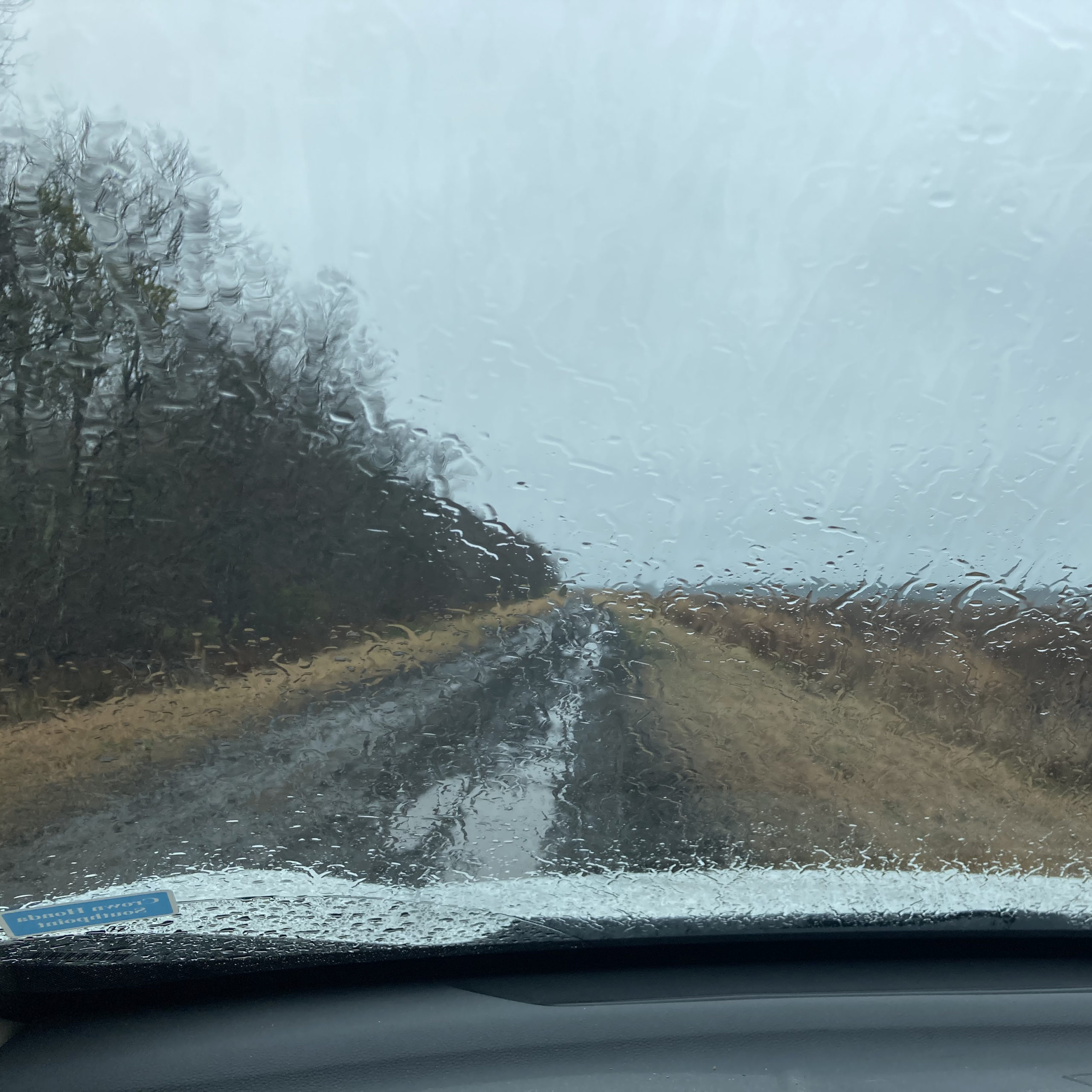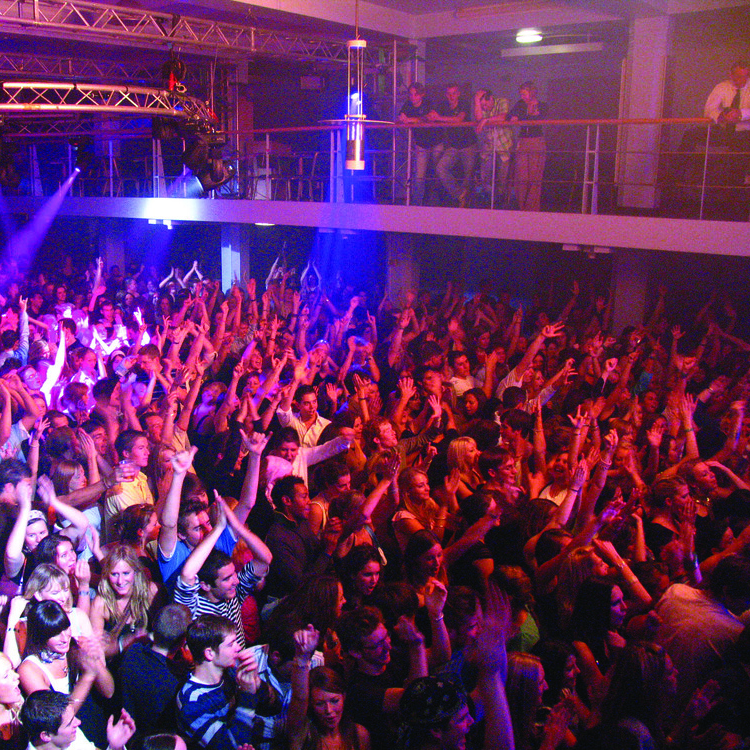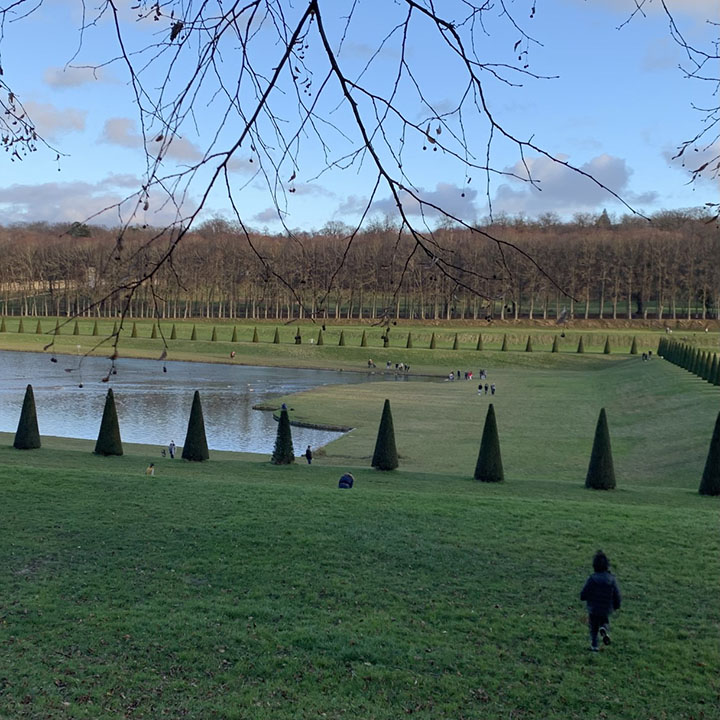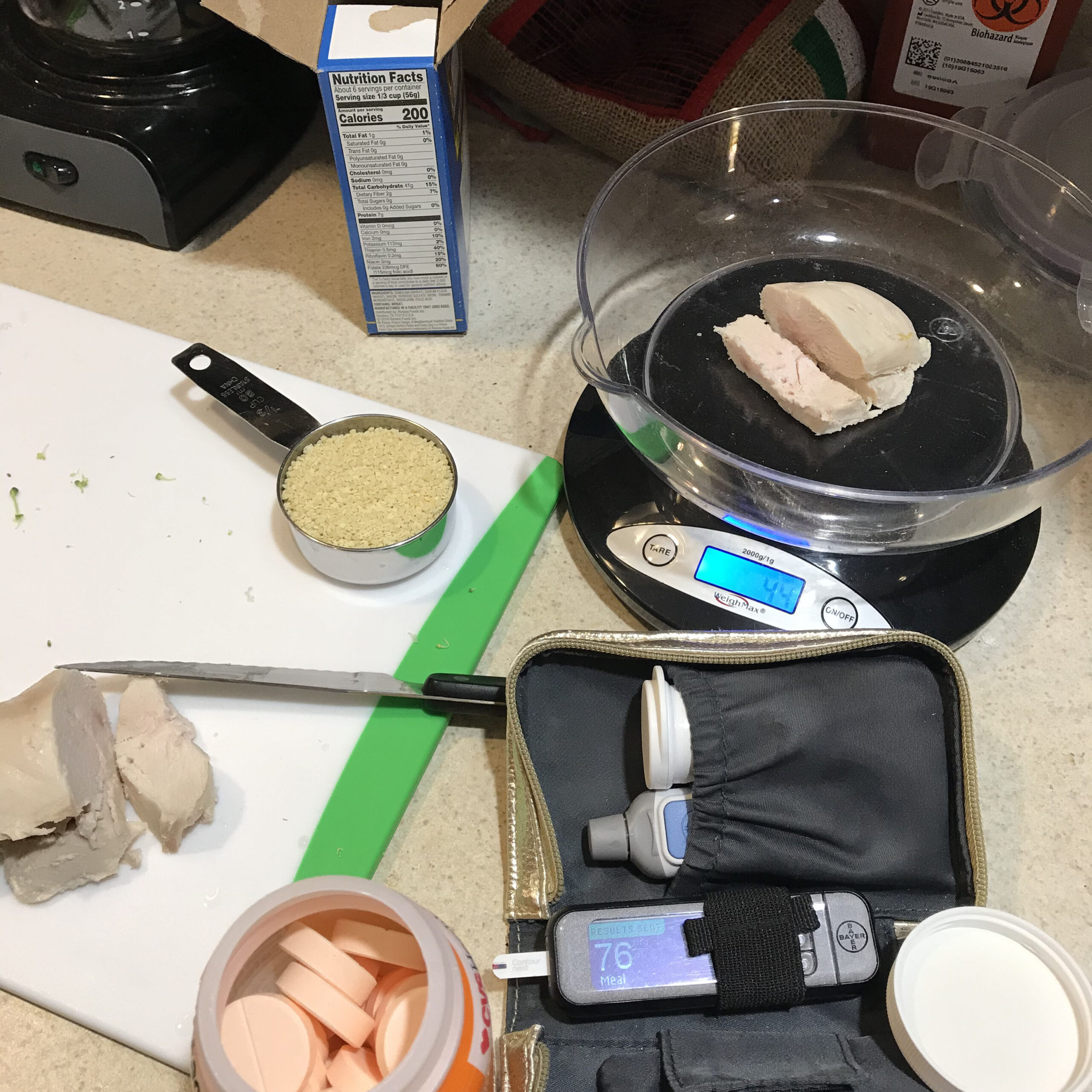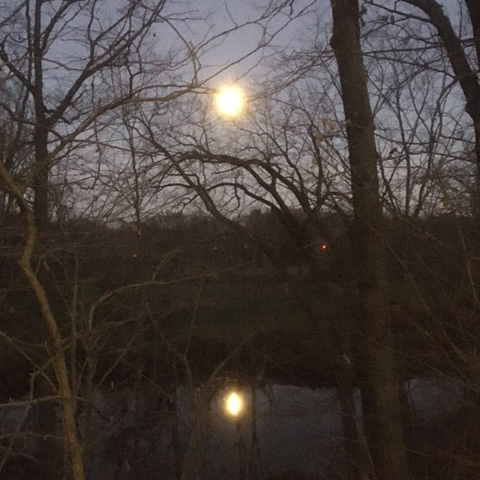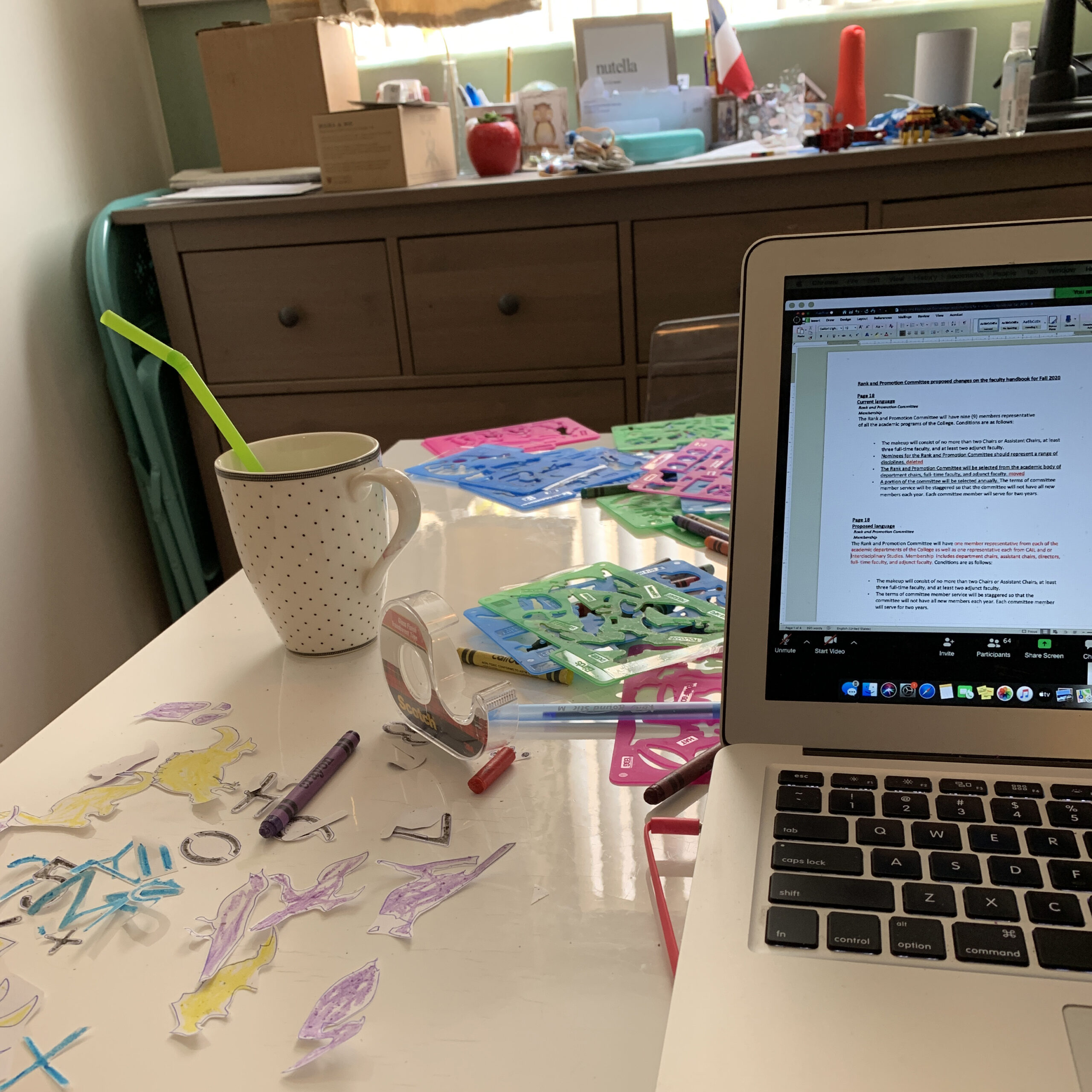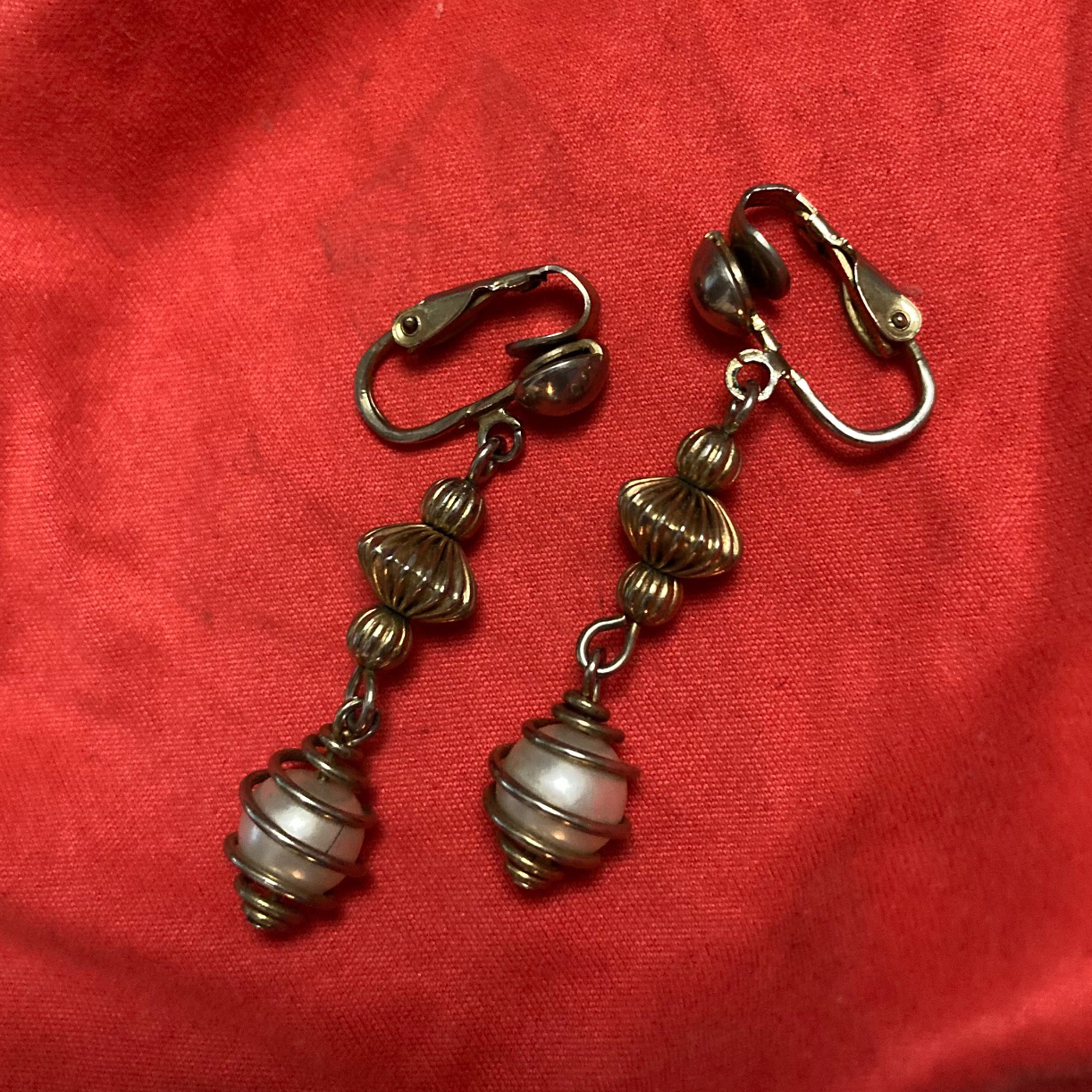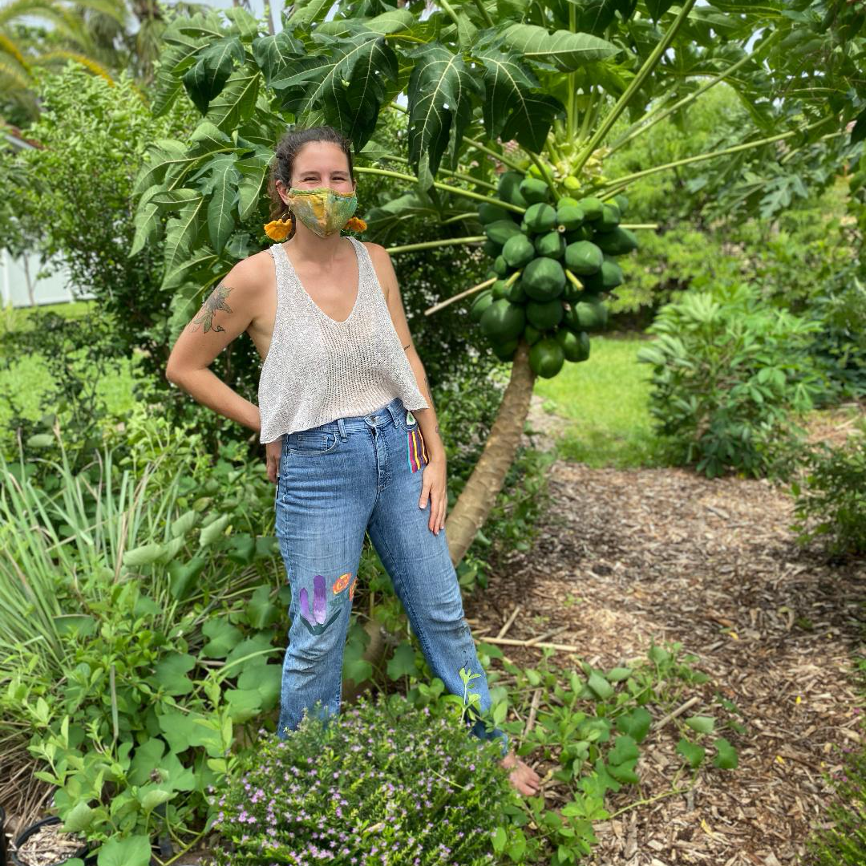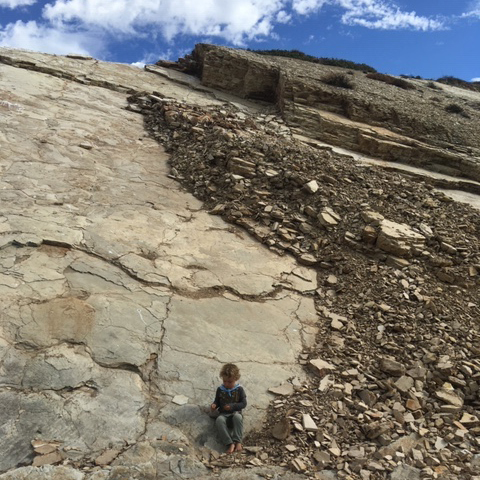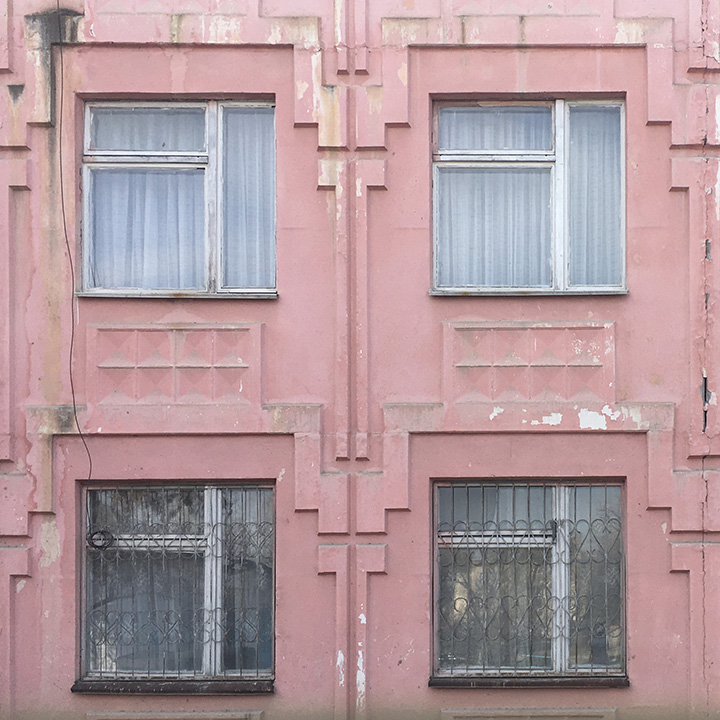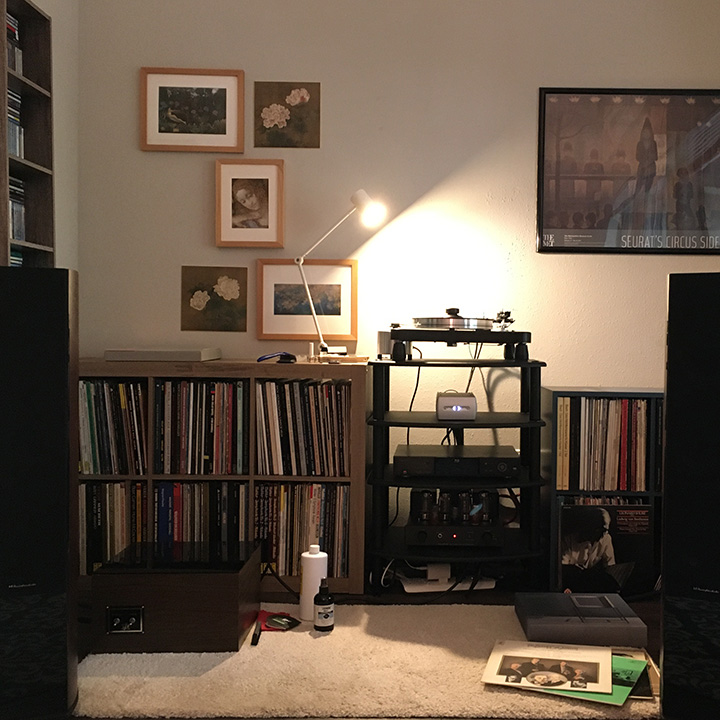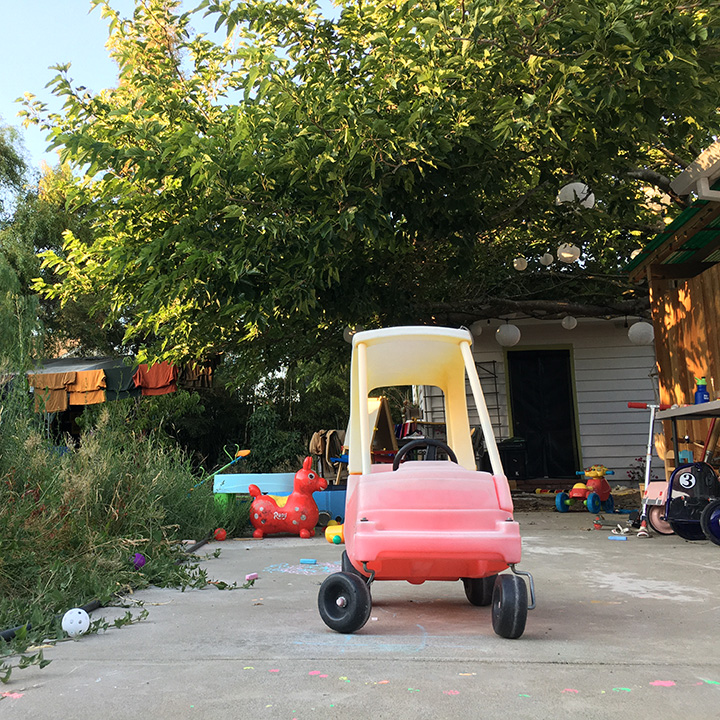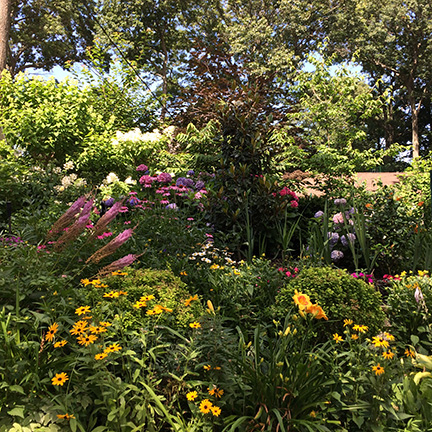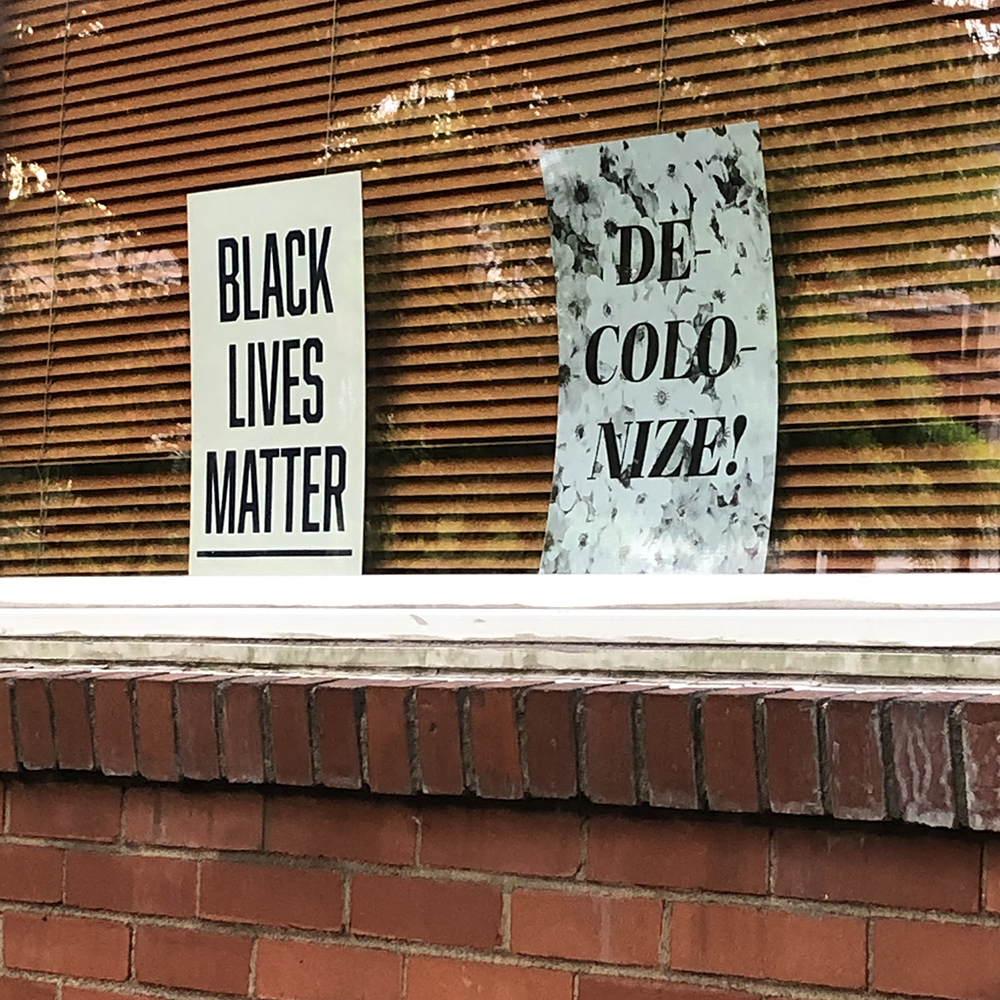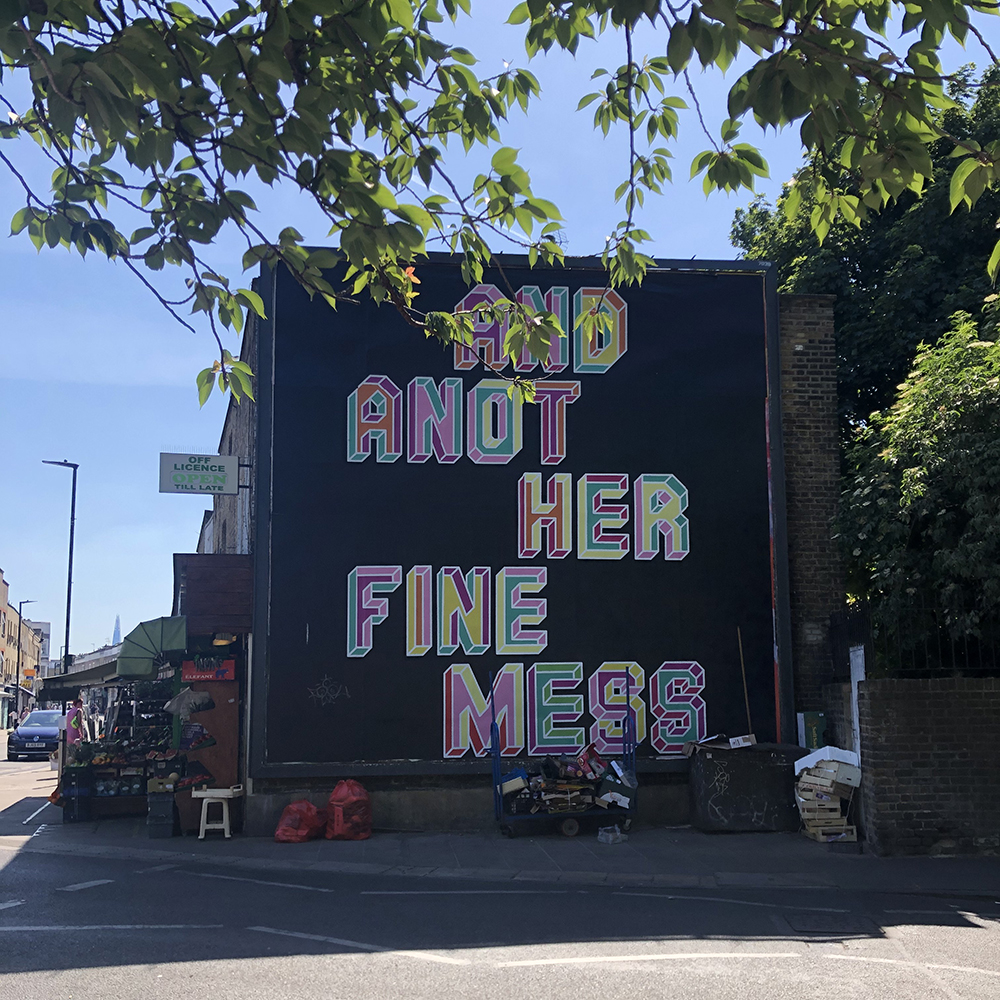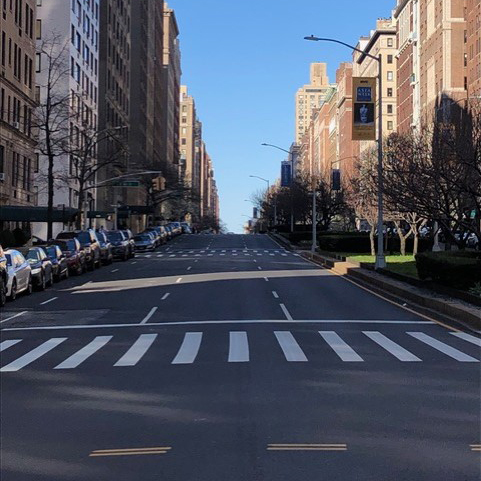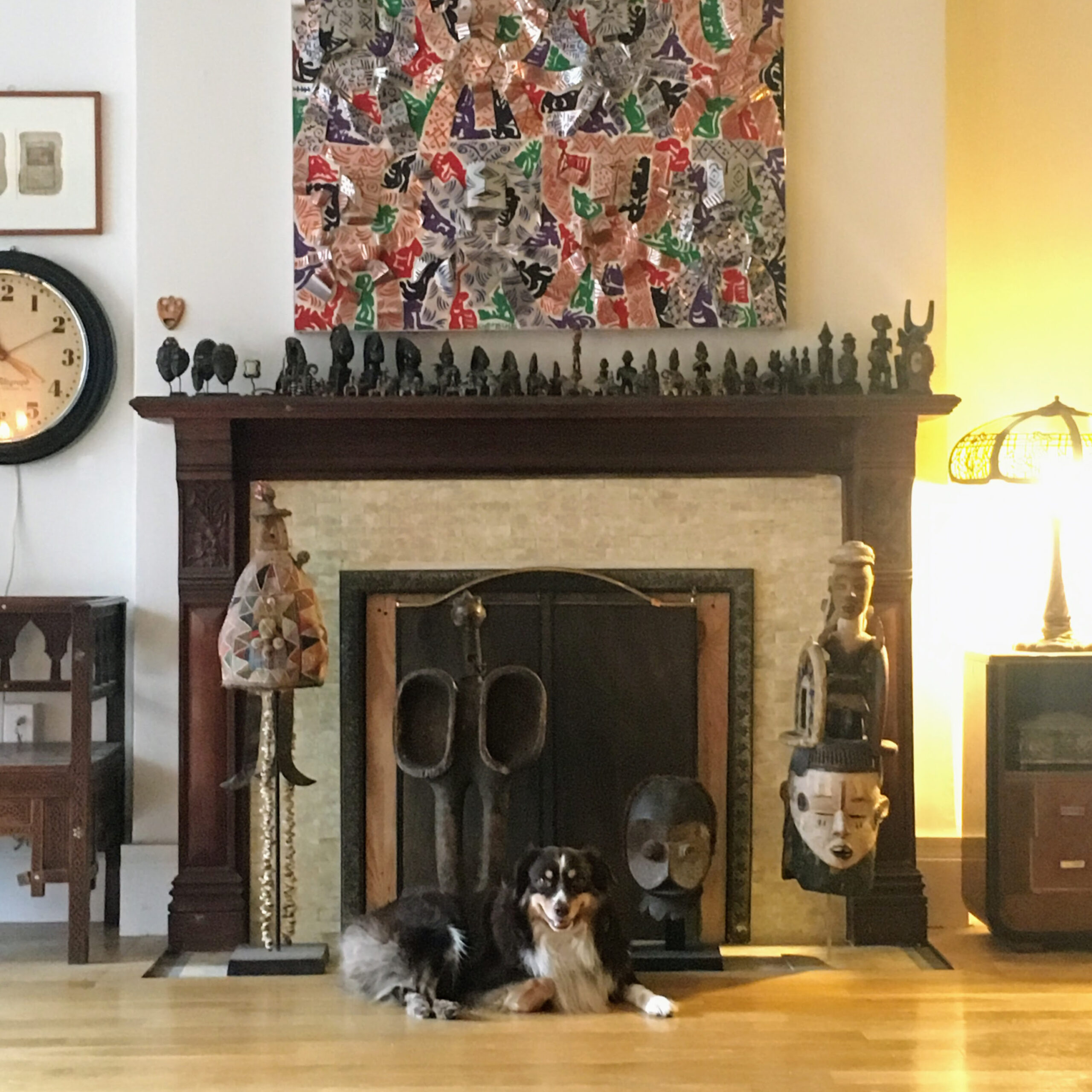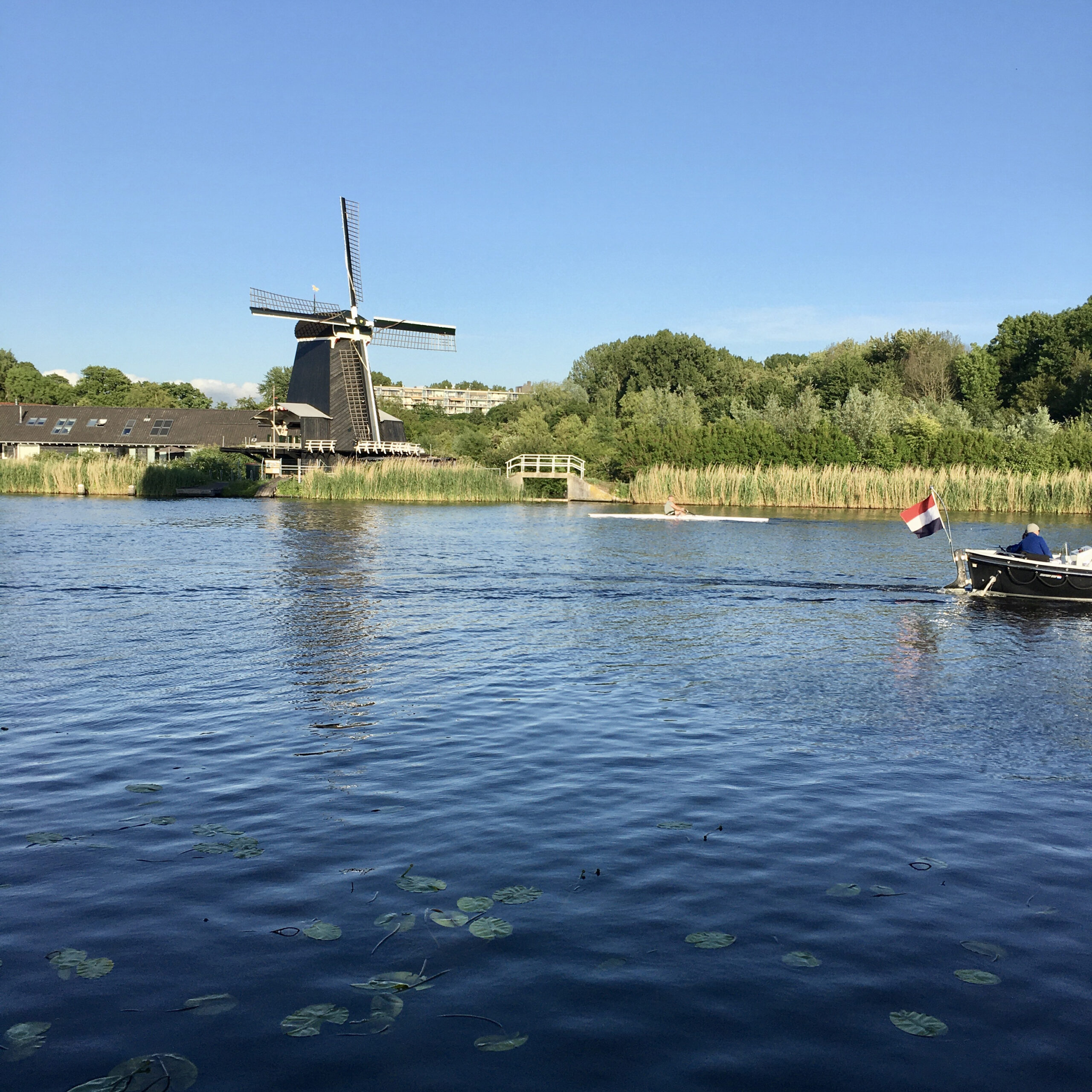London
by Molly Pierce
“London is Open” was a campaign launched in 2016 by Sadiq Khan, the city’s well-liked mayor and the son of a bus driver. In the wake of ongoing and divisive Brexit negotiations, posters appeared throughout the city, encouraging Londoners and visitors alike to see the city as a place of international bonhomie, a locus of work and play for all.
Now, with the Covid-19 pandemic either looming as large as ever or no longer a worry, depending on who you ask, London’s openness has become a thorny issue. When lockdown began, the city was utterly quiet for a few weeks. Other than shopping for food or other essentials, you were allowed to leave the house only once a day, and then only to exercise.
I was on maternity leave, so I spent quiet days playing with the baby, hoping that her mental development wouldn’t be stunted by watching me load and unload the dishwasher in an endless loop. She rattled through milestones in lockdown: learning to crawl, pulling up to stand, the first vicious teeth slicing up through her gums. Each afternoon, I walked with her through the empty back streets, pointing out the houses, naming their colors and the flowers that are rioting in front gardens. One weekend morning when it felt like the walls were closing in, my husband and I drove with her into the center of town. The emptiness of Regent Street and the Mall was familiar from zombie films, or footage of occupied cities, everyone sitting just out of sight.
But as the weeks wore on, outdoor spaces became increasingly busy. I live on a street that has a weekend market, and I grew used to seeing video footage of my front door and my neighbors on the news, accompanied by headlines asking if Londoners had abandoned safety measures too soon. In May, the government announced first that unlimited exercise was allowed, then that garden centers would reopen, then that you could drive anywhere for your exercise as long as you went there and back in a day. Fatally undermined by the actions of a top aide to the prime minister, who flouted the rules he had helped to decide, the government seemed to be lifting lockdown not because it was safe, but because reality had outpaced its control of the messaging.
Now, protests are dominating the news, with thousands of people across the country gathering to show support for Black Lives Matter. Beaches had been full for weeks, but carefully masked and disciplined protestors were now the focus of headlines panicking about a second wave of the pandemic. Such panic takes place alongside impassioned conversations about Britain’s disgraceful history of slavery and its ongoing racism, about the need to reform school curricula and to pull down monuments to colonialists and slave traders.
In the evenings, after the baby is in bed, I sit by the open window. A few weeks ago, I still felt anxious seeing people mingle on the street with their drinks and their shopping, but now, breathing in the warm summer air, my anxiety is replaced by a small, secret elation. Maybe this is what it means for London to be open; maybe it really is over; maybe there are even bigger things to worry about.
Published on June 18, 2020

